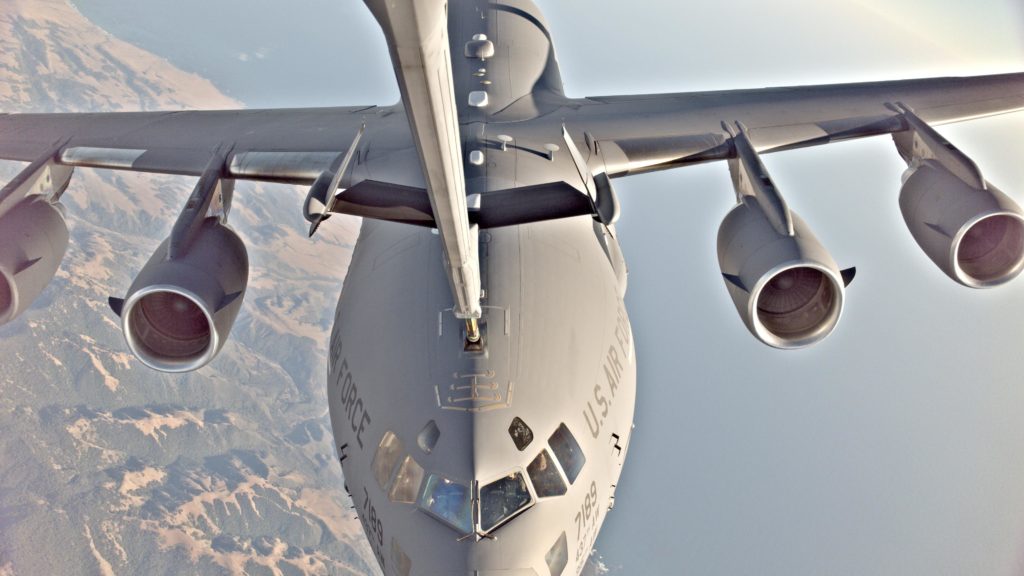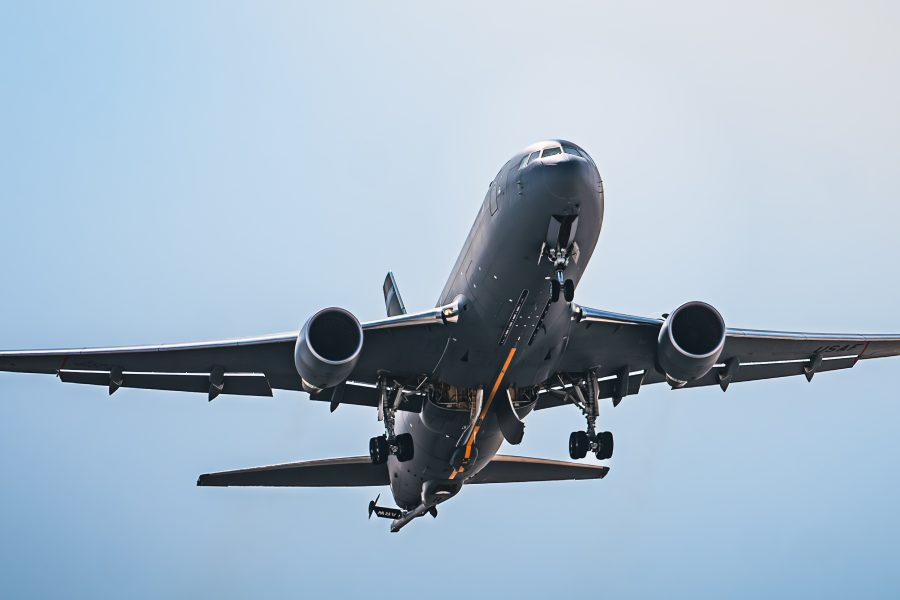The Air Force and Boeing are now projecting that they will field the Remote Vision System 2.0 on the KC-46 tanker by summer 2027. The new date is nearly two years longer than previously anticipated, and four years later than originally expected.
Chief of Staff Gen. David Allvin first reported the schedule slip during a House Appropriations Committee hearing, saying RVS 2.0 remains the “pacing item” among the KC-46’s half-dozen or so deficiencies, and “we’re probably looking at another 18 months” before it is corrected. He suggested that the other major problems with the aircraft—a “stiff” refueling boom, issues with the environmental control system, and others—will be fixed sooner.
“The current projection for fielding RVS 2.0 is summer 2027,” an Air Force spokesperson later told Air & Space Forces Magazine. “The Air Force and Boeing are exploring opportunities to prevent or mitigate the slip in schedule.”
A year ago, then-Air Force acquisition executive Andrew Hunter told lawmakers that RVS 2.0 would be ready in early 2026. The estimate before that, Hunter acknowledged at the time, was that RVS 2.0 would start fielding in October 2025, and the original timeline, under Hunter’s predecessor, Will Roper, was to field the system in 2023.
The original RVS, first developed in 2011, allows the KC-46 boom operator, who is seated behind the cockpit, to manipulate the refueling boom at the back end of the tanker using multiple screens instead of looking out the back of the aircraft like on the KC-135.
However, the advance of optical technology quickly outstripped it, and problems arouse—under certain lighting conditions, the boomer’s depth of field was compromised by glare and shadows, increasing the risk of the boom bumping or scraping receiving aircraft.
Airmen have developed workarounds and the Air Force has cleared the KC-46 for operations worldwide. But the issue persists and has become the poster child for the tanker’s many woes. Boeing has absorbed more than $7 billion in losses on the KC-46, which was developed and built under a fixed-price contract.
RVS 2.0 is supposed to fix that, with color screens, new camera tech, and advanced displays. But time and time again, the Air Force and Boeing has pushed back its schedule.

That’s on top of the other deficiencies and problems that have plagued the KC-46, sometimes even halting aircraft deliveries. Most recently, cracked control surface components caused the Air Force to halt KC-46 deliveries in February, but Boeing CEO Kelly Ortberg said in April that problems on the KC-46 and other troubled Boeing problems—such as the T-7 trainer and Navy’s MQ-25 drone refueler—are “well contained.”
Ortberg told reporters on an earning call that the cracks were found quickly and aren’t “a safety-of-flight issue.”
“The population that they had to [repair] was small. The rework, they could get to that very quickly. So it really wasn’t a big deal.”
Allvin assured the committee that the head of Air Mobility Command and the head of Boeing Defense are working together to resolve all remaining KC-46 issues.
“It is producing. It can refuel all receivers” except the A-10 and the developmental E-7 Wedgetail, Allvin said. And while the RVS as now configured “is operating, it’s just not operating as we would expect it to.”
He also said the “Next-Generation Air refueling System study will tell us whether we need a new tanker altogether, or tankers that have better survivability.”
Previous civilian Air Force leadership had been pursuing a plan to develop new, stealthy tankers by the mid-2030s—necessary because of China’s ability to target key airborne assets from great range—while pursuing an interim “bridge tanker” buy of perhaps 75 airplanes to keep aerial refueling airplanes in production while NGAS takes shape. An upgraded version of the KC-46 is considered one of the contenders for such a bridge tanker.


